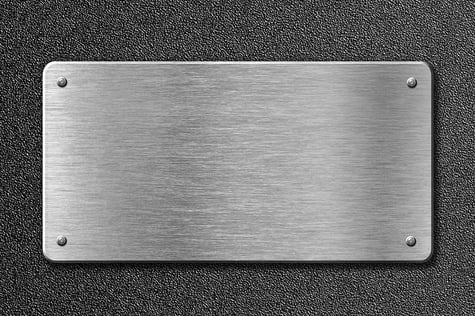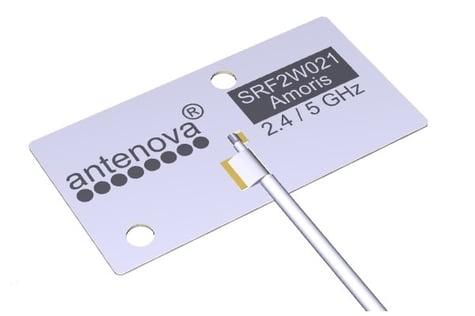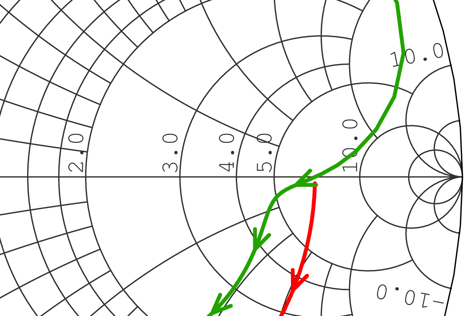Selecting and integrating an antenna is a unique process within electronics design. It's not like integrating other digital ICs or components, which can be easily chosen by just examining data sheets and comparing performance specifications. The performance of an antenna is almost wholly determined by its operating environment. It's vital you bear in this in mind while studying antenna data sheets.
In this article, we'll cover some basic antenna concepts so you can select the best one in full confidence. We'll also review some of the nuances that differentiate antennas and explain how you can use these nuances to improve a project's wireless performance.
Frequencies and technologies
Antennas are essentially transducers. Their job is to enable communication between two (or more) points. They do this by converting electrical current into radio waves and then back again when receiving signals. Due to the physics of this conversion, embedded antennas are reliant on an optimised board layout and host PCB to enable their effective performance.
The trend of miniaturisation means modern day devices are shrinking, but often need to support multiple wireless technologies––operating on different frequencies––within that compact form. Sometimes, the environments required by these different qualities conflict, for example:
- Global Navigation Satellite System (GNSS) signals emanate from satellites, which means the receive signal is very weak and thus susceptible to interference
- Cellular technologies (such as 3G and 4G) often require network approval prior to launch–and some even require multiple-input, multiple-output antenna systems (MIMO)
- Low Power Wide Area Network (LPWAN) technologies are built to support small, non-talkative devices which often operate on battery power
- Wireless Local Area Network (WLAN) technologies, like Wi-Fi and Bluetooth, are increasingly employed within tiny devices, such as wearables, which makes ground plane length hard to come by
Efficiency and ground planes

Efficiency is the most important measure of antenna performance. It describes the portion of power which is supplied to an antenna that is actually radiated. In small, battery-powered devices, achieving highly efficient performance is integral to the longevity of the device.
Antennas are highly prone to losses, which can be caused by impedance mismatches and detuning, which can be caused by conductive materials which may be placed near the antenna. Consequently, the efficiency of an antenna in-situ will differ to that stated from the free-space performance statistics in the data sheet.
Ground plane length is another significant player in determining antenna efficiency. Reducing the ground plane length by 20mm while operating at sub-1GHz frequencies could cause efficiency to fall by as much as 20%.
Return loss (VSWR) and matching
Within RF, impedance and impedance-match measure an antennas resistance to alternating current, and how much of the power supplied to the antenna will reflect back from the antenna. They are characterised by either return loss or Voltage Standing Wave Ratio (VSWR). A lower VSWR is better, as it means more energy is delivered to the antenna.
Matching is the process of aligning the impedance of the antenna chip (or module) with the RF circuitry, typically to 50 ohms. The RF circuitry, or trace lines, carry signals to and from the antenna. Unlike digital lines, these yield high levels of resistance. In a poorly matched design, return losses can be as high as 50%.
Antennas that are not correctly matched (by using a pi matching circuit, for example) may not radiate power. For more information about the principles of matching, download our guide to antenna impedance matching. You can also use Antenova’s free transmission line calculator to work out the optimal dimensions of trace line tracks for performance.
Gain and directivity

Gain is a performance indicator that is used to determine antenna directivity and losses. Gain is measured in Decibels (dBi), and effectively the higher the dBi, the higher the gain, and the more focussed the beam. It should be noted that Gain is not the same as an antennas transmission power, which is measured in watts.
Gain can be advantageous in some applications, and less useful in others. Antennas which offer high gain parameters benefit use cases where the signal can be predefined from a fixed source. However, for the likes of wearables or trackers, directivity is not necessarily helpful.
The right antenna can make all the difference
As you’ve just seen, there is a lot more to antenna selection than just finding one which appears to offer the highest levels of performance. In most cases, the board layout and host PCB plays more of a role in determining performance than the actual antenna itself. For this reason, choosing an antenna should be one of the foremost design decisions made in a project. That way, the rest of the design cycle can be completed with respect to the factors which will enhance wireless performance.
The right antenna is therefore the one which best suits your design constraints. Antenova’s antennas are engineered for easy integration even within the most challenging of designs. Explore our catalogue of tiny antennas or download our latest antenna comparison guide below.




